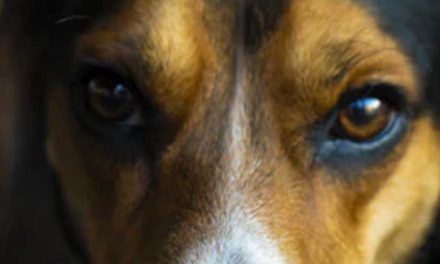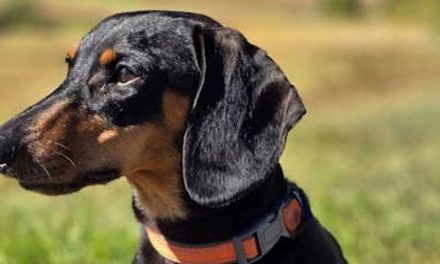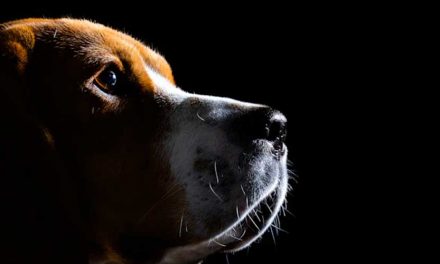The bond between humans and dogs is one of the oldest and most enduring relationships in the animal kingdom.
As one of the first domesticated animals, dogs have journeyed alongside humans for thousands of years, adapting and evolving in ways that reflect changing human societies.
The story of the first domestic dogs sheds light on both the natural instincts of wolves and the early dynamics of human communities.
The Ancestral Link: Wolves and Humanity
Researchers believe that the domestication of dogs began between 20,000 and 40,000 years ago, with the common ancestor of dogs being the gray wolf (Canis lupus).
This transformation likely occurred when wolves began to scavenge near human camps, drawn by the availability of food like discarded meat and leftovers.
Over time, some wolves became more docile and social, traits that were favorable for cohabitating with humans.
Archaeological evidence suggests that the domestication process was gradual, with early humans developing symbiotic relationships with these animals.
While wolves were initially attracted to human settlements, the humans benefited from the wolves’ keen senses for hunting and protection.
The Role of Early Domestic Dogs
The first domestic dogs were likely utilized for various practical purposes, including hunting, herding, and protection.
Ancient inscriptions and artifacts indicate that dogs played a significant role in the daily lives of early human societies.
In hunting cultures, agile dogs were used to track and retrieve game, while in agrarian societies, they helped with livestock management.
Genetic studies show that over time, different breeds developed as humans began to select dogs for specific traits, such as size, temperament, and ability.
This selective breeding allowed for varied physical characteristics and skills, leading to the diverse categories of dogs we recognize today.
Cultural Significance and Symbolism
Beyond their practical uses, dogs have held deep cultural significance throughout history.
They appeared in ancient art, mythologies, and even religious practices.
In many cultures, dogs were considered protectors or guides in the afterlife.
For instance, in ancient Egypt, dogs were revered and often buried with their owners, exemplifying the bond they shared.
The representation of dogs in literature and folklore further emphasizes their importance to human culture.
From the loyal hound in Homer’s “The Odyssey” to the myth of Cerberus, the three-headed dog guarding the underworld, dogs have inspired countless stories and symbols throughout the ages.
Modern Insights into Domestication
Today, research continues to unravel the complexities of dog domestication.
Advances in genetic analysis reveal fascinating insights into how selective breeding has shaped not only the physical appearance of dogs but also their behavior and compatibility with humans.
Understanding this lineage helps us appreciate the unique relationship that exists between species and offers clues about how our modern lifestyles influence canine companions.
Conclusion: A Lasting Partnership
The journey of the first domestic dogs is a testament to the intertwined fates of humans and canines.
As our roles have evolved—from hunters and gatherers to modern urban dwellers—the enduring companionship of dogs remains a source of joy and loyalty.
By studying the origins of these beloved animals, we not only celebrate our shared history but also reaffirm the value of companionship that has persisted through the millennia.
The legacy of the first domestic dogs lives on, reflecting a bond that enriches human life in countless ways.









